Jiye Chen, Lu Zhu, Hai Fang*, Juan Han, Ruili Huo*, Peng Wu
College of Civil Engineering, Nanjing Tech University, Nanjing, China
Abstract: This paper investigates the influence of lattice-web layout on the low-velocity impact performance of foam-filled multi-cavity composite panels (FMCPs). The effect of impact velocity has been explored to demonstrate the impact resistance property and energy absorption capacity. Due to the light weight and great energy absorption capacity, the FMCP with double-layer dislocation webs can be used as a good energy buffer device. An energy balance model, based on the energy absorption during impacts, was developed to predict the peak loads of the FMCPs. Numerical models were established and parametric analysis was conducted on the GFRP thickness and foam density.
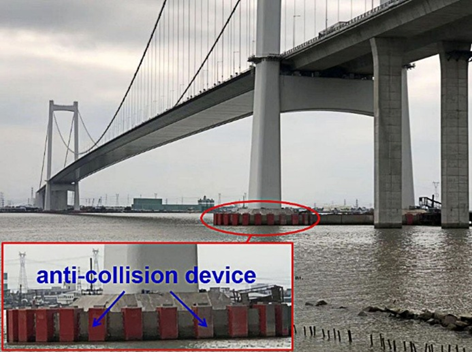
|
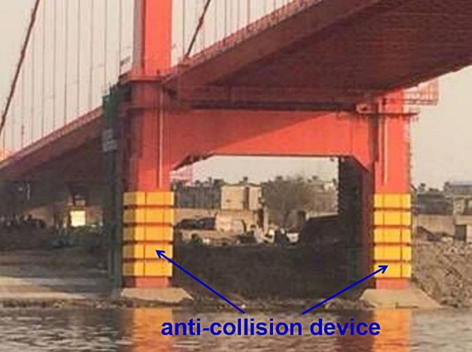
|
(a) |
(b) |
Fig. 1. Application of the composite sandwich panels in bridge engineering: (a) Nansha Bridge and (b) Yingwuzhou Yangtze River Bridge. |
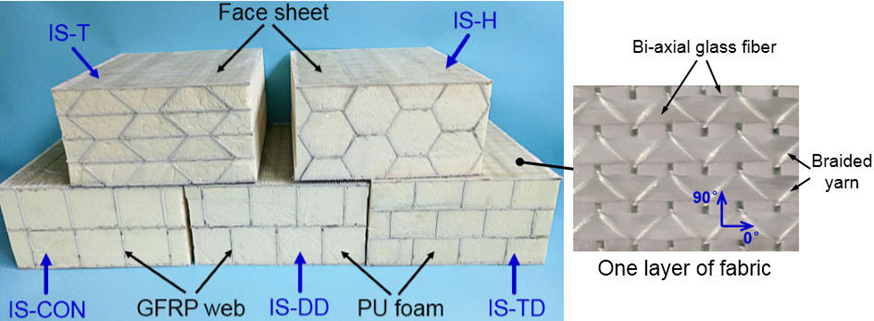
|
Fig. 2. Photo of the five types of FMCPs (IS-CON: traditional FMCP; IS-DD: FMCP with double-layer dislocation cells; IS-TD: FMCP with three-layer dislocation cells; IS-H: FMCP with hexagonal cells; IS-H: FMCP with trapezoidal cells). |
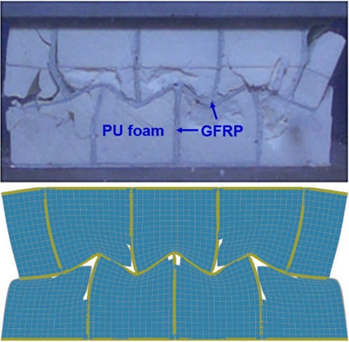 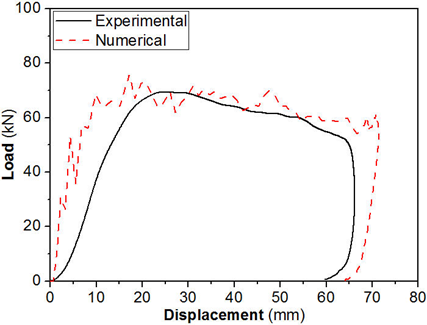
|
Fig. 3. Comparison between the simulated and observed results of specimen IS-DD. |
Study on the low-velocity impact response of foam-filled multi-cavity composite panels.
Thin-Walled Structures, 2022, 173,108953 (中科院二区,IF=4.442).
文章链接:https://doi.org/10.1016/j.tws.2022.108953.